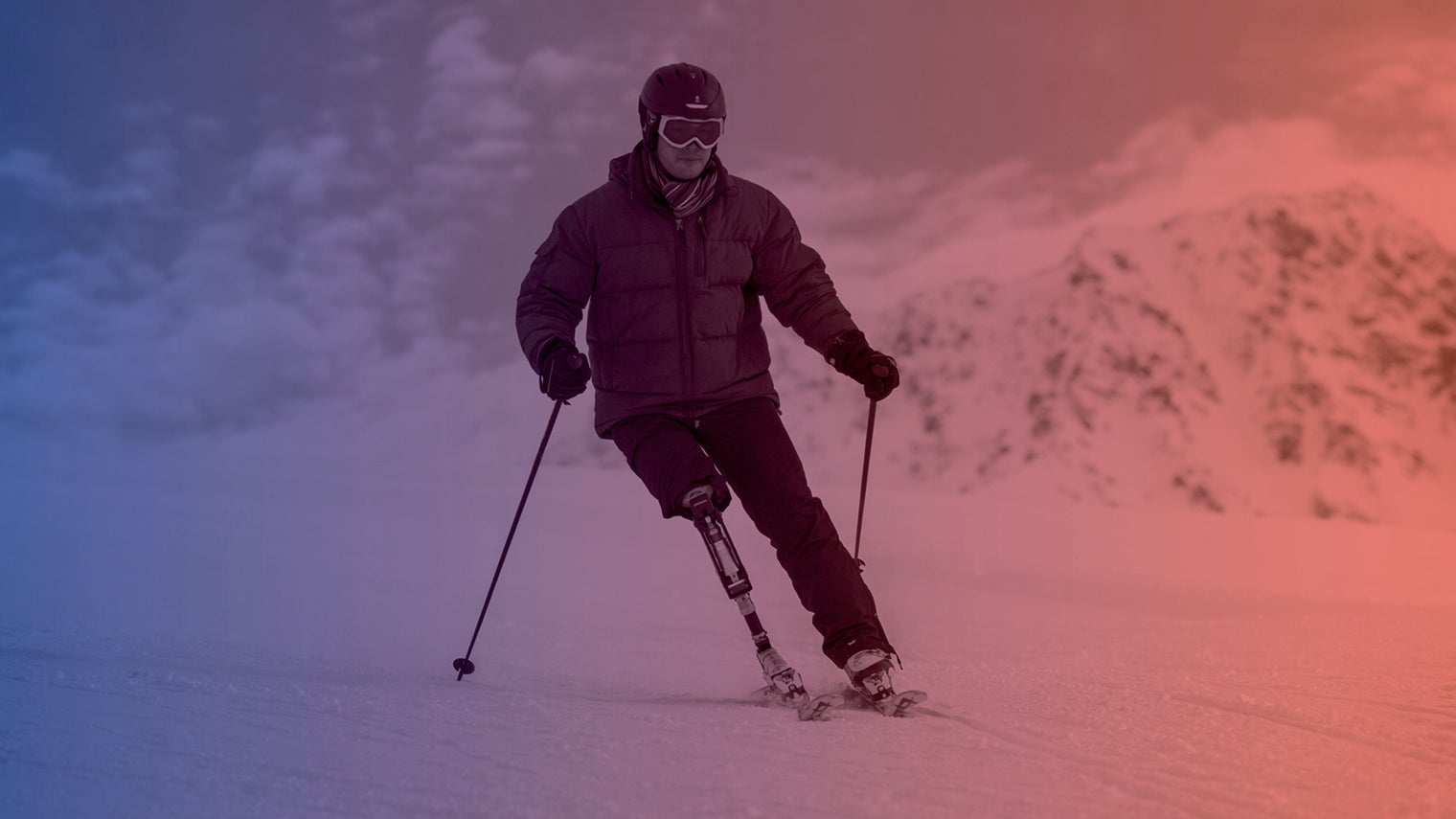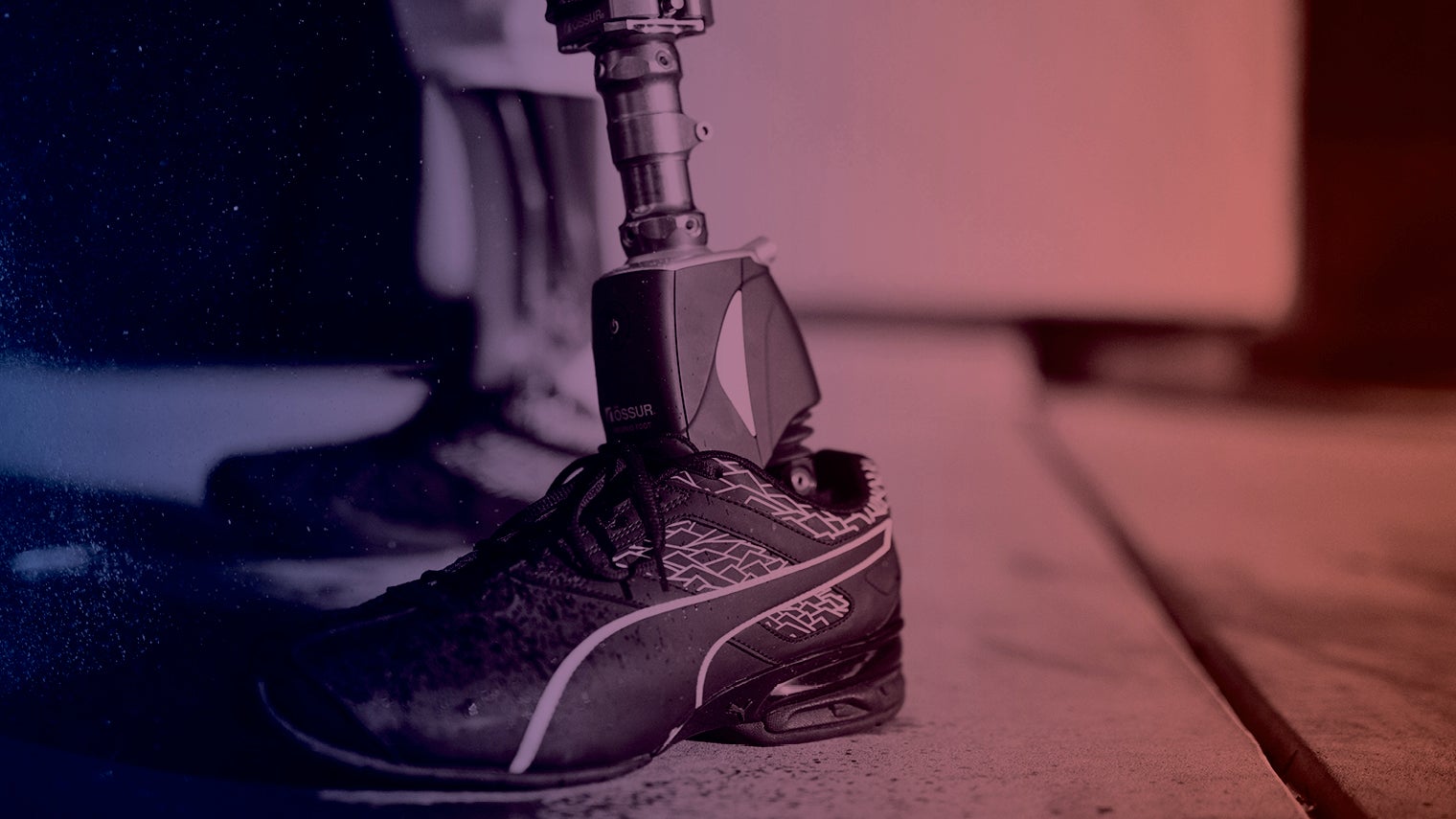-
Mind-controlled limbs
The Applied Physics Laboratory at Johns Hopkins University, in Baltimore, America, is developing prosthetics controlled by neural activity that will restore near-normal function to upper limbs. It features advanced sensors that regulate a neural interface between the limb and the body’s nervous system to allow control and sensory feedback. It is still in the research phase, but a proof of concept was demonstrated when a man fitted with a prosthetic arm and mechanical hand was able to move his fingers. A neurosurgeon had placed 128 electrodes on to a sheet of film and implanted it into the part of the brain that controls hand and arm movement.
-
Sensory hands
Researchers at the University of Chicago received a $3.4-million grant from the US National Institutes of Health to develop a system that generates sensory feedback for patients with prosthetic hands. The research team cannot replicate the sensation from the 12,000 fibres that are involved in the sensation of touch felt by a hand and fingers, but believe they can stimulate tens or hundreds of them to recreate feeling which can be sent back to the brain via electrical impulses. Also, a next-generation bionic hand, promising a close-to-natural sense of touch, is being developed at Switzerland’s Ecole Polytechnique Fédérale de Lausanne, Sant’Anna School of Advanced Studies in Pisa and the Agostino Gemelli University Polyclinic in Rome.
-
ProCarve sports prosthetics system
At its most functional, the ProCarve sports prosthetics system aids sitting down more comfortably, but its high-performance hydraulics enables dynamic movement so amputees can enjoy demanding sports such as skiing, snowboarding and water skiing. It allows the knee joint to pivot and synchronise with a foot system, which fits into boots and bindings, to drive controlled movements and the ability to withstand extreme stress. Adjustable air pressure controls the flexion movements and the hydraulics control extension so force applied by the body is transferred directly into performance. It can be used by above and below-knee amputees.
-
Proprio Foot
A device that mimics natural foot motion through a motor-powered ankle increases ground clearance and reduces the risk of tripping and falling. The Proprio Foot allows users to look at their surroundings rather than concentrating on their feet and the ground. It operates on all terrains and reduces strain on knees, hips and back to help limbless users stay out of hospital for longer. The device also keeps its alignment when wearers change shoes.
-
DeTOP breakthrough
The DeTOP (dexterous transradial osseointegrated prosthesis) research project has created the first dexterous and sentient hand prosthesis that can accurately replicate the functions of a biological hand. A Swedish patient with a hand amputation received the first osseo-neuromuscular implants that were placed in the radius and ulnar bones of the forearm. The pioneering surgery connected 16 sensors to the robotic hand to provide sensory feedback from the prosthesis to the nervous system. The project, a collaboration between experts in Sweden and Italy, is funded by the European Commission’s Horizon 2020 Fund and is researching the quality of sensory information generated. Current prosthetic hands are functional and have limited sensory feedback with no tactile or kinesthetic sensation.
Mind-controlled limbs

Sensory hands




